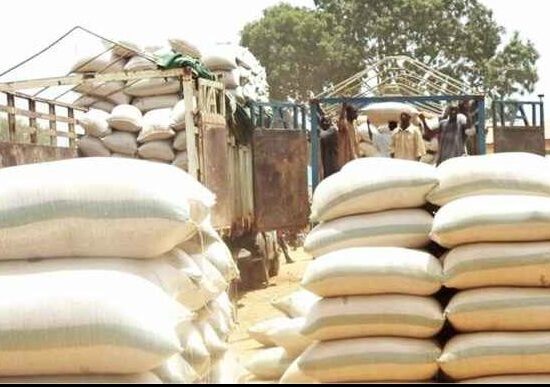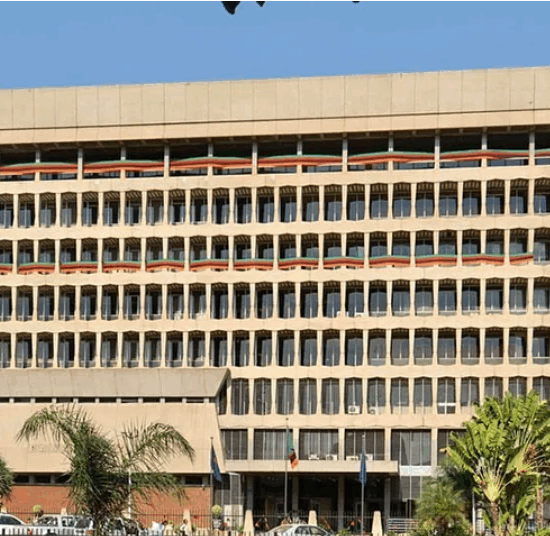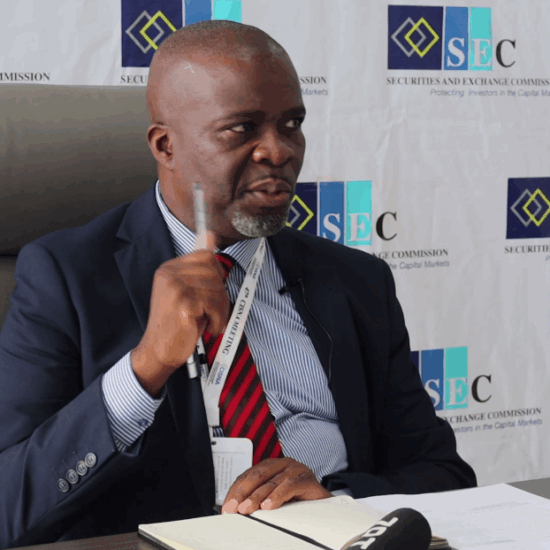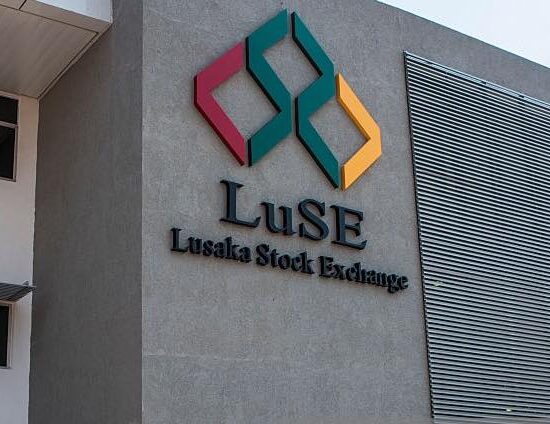
The Bank of Zambia – BOZ has through its Monetary Policy Committee decided to maintain the policy rate at 11.50% on account that inflation is expected to remain high in the earlier part of the forecast period which is the first half of the year but decline towards the upper bound of the target range as food supply improves.
BOZ Governor Dr. Denny Kyalyalya announced that the committee has noted that economic activity has continued to weaken in the country and liquidity challenges have persisted hence they continue to pose risks to financial stability.
Meanwhile, the Bank had in November 2019 increased the Policy Rate to 11.50% from 10.25%. in December 2019, the statutory reserve ratio was increased to 9.0% from 5.0% and the period of compliance on statutory reserve requirement reduced to daily from weekly. These measures were aimed at addressing emerging exchange rate pressures in order to rein in inflationary pressures.
Addressing the media is Lusaka on February 19, 2020, attended by the Zambian Business Times – ZBT Dr. Kyalya reiterated the need for effective and sustainable implementation of fiscal adjustment and structural measures to address elevated debt levels and debt service obligations, containment of the continued accumulation of domestic arrears and resulting liquidity constraints in order to restore macroeconomic stability and promote robust sustainable economic growth.
The governor further disclosed that some risks that expected to be encountered in the period include, further increase in maize grain prices in the short term, slow progress on fiscal consolidation and second round effect of the increases in electricity tariffs and fuel prices.
He said the rise in inflation has mainly been driven by rising food prices hence the only way to resolve the situation is by increasing food supply adding that it is the bank’s expectation that the country will be able to produce enough foods as seen from this year’s rainfall patterns which show that the country is receiving enough rains.
“The Bank is also taking measures to contain and control the situation and this is evident from the rise in policy rate to 11.50% which is still at play from November 2019. We also want to state that Policy Rate alone will not address the issues of inflation hence individuals should also be able to make economic decisions based on the information that we are releasing regarding the current economic challenges,” He added.
Last week, Finance Minister Dr. Bwalya N’gandu during an economic quarterly briefing stated that his team is expected to conclude the work of re-scoping and review of the current debt with a view to cancel undrawn facilities and stem further drawing on existing facilities were its legally and economically viable.
Dr. N’gandu further assured the nation that the Chinese authorities have not refused to restructure the debt to Zambia, stating that the engagement on debt restructuring with the Chinese and other lenders awaits the completion of the debt rescoping exercise and clearance from the ministry of justice and attorney general on legal options available.
With the rainfall patterns being experienced in Zambia, food production is expected to rebound and result in downward inflationary pressure. The rains are further expected to boost power production with Zambia having its energy production mix skewed towards hydro power productions.
To retain the economy to macro economic stability and better growth rates, the new finance minister is expected to put more emphasis on debt restructuring so that more fiscal room can be created to release funds and pay down domestic arrears which would ultimately result in restoring domestic and market liquidity.







